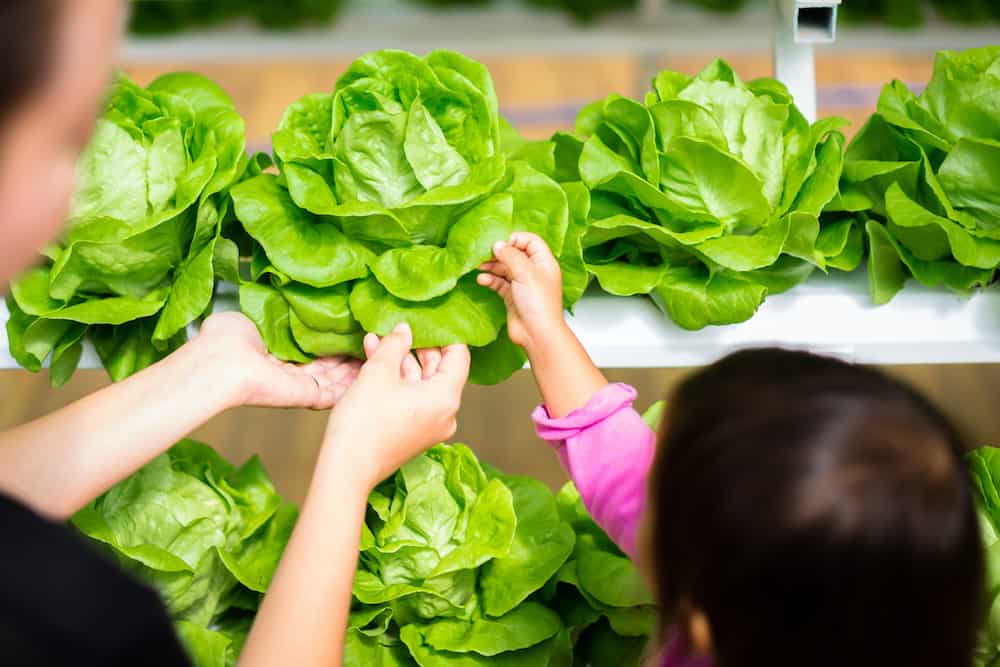Learning About The Aeroponic Vertical Garden
Urbanization has reduced the land available for traditional agriculture, making it necessary to find innovative and sustainable agricultural solutions. One such solution is the aeroponic vertical garden, a modern method that maximizes the use of space while reducing water consumption and environmental impact. Learn about aeroponic vertical gardens, their benefits, and their potential to revolutionize urban farming.
What is an aeroponic vertical garden?
An aeroponic vertical garden is a system that allows plants to grow in an upright position, with their roots suspended in the air, while nutrient-rich water is sprayed or sprayed on them. Unlike traditional soil farming, which requires large tracts of land, aeroponic gardens use vertical spacing, making them ideal for urban environments. These gardens often use stacked trays or columns to accommodate multiple levels of plants.
Advantages of aeroponic vertical gardens:
Space efficiency. Aeroponic gardens use vertical space to provide a higher plant density per square meter than traditional farming. It allows for higher yields, making them especially valuable in urban areas with limited farming space.
Save water. Aeroponics systems use 95% less water than traditional soil farming. The method minimizes water loss through evaporation and optimizes water use by spraying or directly onto the plant roots. Recycling nutrient-rich water also reduces overall water consumption.
Reduced environmental impact. Aeroponic vertical gardens eliminate the need for chemical pesticides and herbicides, as the controlled environment discourages pest and weed growth. It reduces harmful chemicals, which minimizes soil and water pollution.

Year-round cultivation. With a controlled environment, aeroponic gardens provide optimal growing conditions regardless of seasonal fluctuations. It enables crops to be developed all year round, ensuring a constant supply of fresh produce throughout the year.
Improved nutrient uptake. Aeroponics systems deliver nutrients directly to plant roots for efficient uptake.
The fast growth of plants. Plants in aeroponic gardens often grow faster due to better access to oxygen, water, and nutrients. This accelerated growth cycle allows you to harvest faster, which improves overall productivity.
Application and future potential. Aeroponic vertical gardens have various uses in urban agriculture. They can be used in rooftop gardens, indoors, and even integrated into high-rise buildings. The ability to grow various crops, including green leafy vegetables, herbs, and small fruits, makes them suitable for commercial farming and community and home gardens.
Looking ahead, the potential of aeroponic vertical gardens is huge. In addition, LED lighting and renewable energy advances can make these gardens more sustainable and energy efficient.
Conclusion
As the urban population continues to grow, adopting innovative agricultural practices becomes critical to ensure future sustainability and food security. Aeroponic vertical gardens are a creative and sustainable solution for urban agriculture. Aeroponic vertical gardens have the potential to revolutionize urban farming by providing fresh and nutritious produce with minimal environmental impact.

